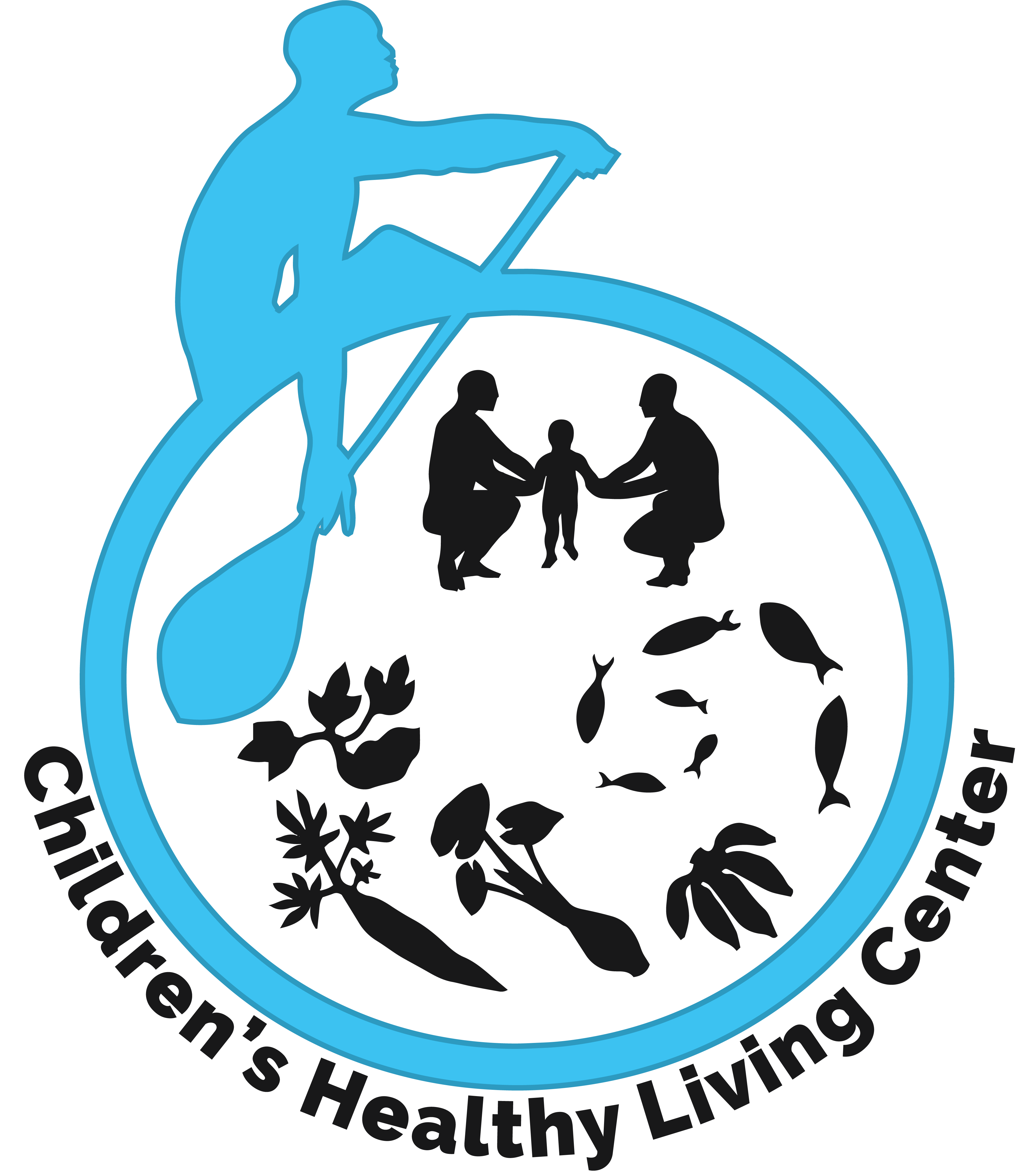Written By: Jordan Oshiro, CHL Program Assistant
In the fall of 2022, the Children’s Healthy Living (CHL) program conducted two workshops at the University of Hawaiʻi at Mānoa (UHM) as part of a project to map drivers of the food system that impact children’s health. Participants included existing CHL partners and community members with expertise in the Hawaiʻi food system as it relates to children’s health and the foods that children in Hawaiʻi eat. During the workshop, participants collaborated in a series of activities aimed at drawing connections between the local food system and children’s health across Hawaiʻi. This was a regionally focused system dynamics approach called Group Model Building (GMB), and is the first step in developing a conceptual causal loop diagram (CLD) and later a data driven simulation model that will be used for exploring and implementing activities that are likely to improve what young children eat in Hawai’i. The goal is to model will identify drivers of resilience that exist within our food system and their relationship with childhood food and nutrition security, healthful diets, and health.
The Hawaiʻi GMB workshops were seven hour sessions held in October 2022 in the Agricultural Sciences Building at UHM. The first session on October 4 aimed at insight from our partners within the University, while the second session on October 28 sought to gain insight from our community partners, as well as those who were unable to attend the first session. Prior to these workshops, nine CHL team members conducted a practice 3-hour workshop on August 29, 2022, which aside from developing the facilitation team skills also produced a usable preliminary map. Each GMB workshop consisted of an overview of the CHL Center, followed by a series of GMB activities, named “Hopes and fears,” “Graphs over time (GOT),” “Causal Loop Diagram (CLD),” and “Actions and ideas (A/I).” Following each of the two GMB sessions, participants joined a virtual follow-up meeting to review a digitized version of the CLD developed during the respective GMB sessions. During these meetings on October 21 and November 17, the groups worked with the modeling facilitators to clarify the variables and connections previously created.
The October 4 Hawaiʻi GMB session included six participants representing various facets from within the UHM system, such as Farm to School (F2S), NOAA Sea Grant, SNAP-Ed, and Hawaii 4-H. Although both sessions drew direct connections between children and their parents, the first session paid particular interest in the role of caregivers as the gatekeepers to child health, including the generalized resources of knowledge, income, and time. Participants also focused on the interactions of farming, schools, farm education, and farm to school programs. Notably, the CLD yielded the broad but key factors of food cost and availability, community engagement, environmental impacts, and policy. Actionable ideas from this session included providing incentives for convenience stores to offer local and healthy foods, a “keiki open market,” and implementation methods for F2S programs.
The GMB session on October 28 held host to fifteen community partners from the Hawaiʻi State Departments of Health, Agriculture, and Education (Hawaii Child Nutrition Programs); Honolulu City and County’s Food Access and Sustainability offices; the University of Hawaiʻi’s School of Medicine, Department of Public Health, EFNEP Office, and Master Gardener Program; a local farm; a community F2S program, and a local policy advocacy organization. A distinct interest of this session was the influence of food industry marketing on consumers and ultimately at the policy level as federal food subsidies. A concept of particular interest from both GOT and CLD was consumer knowledge and understanding of food and how it is produced, and its impact on behavior for choosing nutritious food options. One participant reflected on the challenge of modeling the food system, by commenting on how the human tendency to be resistant to change, may be embedded throughout the map. Participants produced actionable ideas largely focused on increasing and sustaining funding and collaboration for programs and services as it pertains to varied challenges of food access, farming, culture, education, healthcare, and research.
Consistent to both sessions is the value of local food production and emphasis on traditional crops, along with cultural knowledge and practices. Both groups also struggled to encapsulate all the types of resources and knowledge contained within a household and greater community. Although generalizedsuperficial, the CLDs of both sessions alluded to the challenges in housing, workforce, and land use issues. While each session held discussions around policy advocacy and program funding, the first group sought to impact organizational efforts while the second group focused more on the reinforcing loop of research, dissemination, and outcomes.
These workshops were the first of many as part of a 5-year Agriculture and Food Research Initiative – Sustainable Agricultural Systems (AFRI SAS) grant funded by USDA’s National Institute of Food and Agriculture (NIFA). After the Hawai‘i GMB sessions, similar GMB sessions are beingwill be conducted in Alaska, American Samoa, Guam, and the Commonwealth of the Northern Mariana Islands (CNMI). Looking forward, this CHL Food Systems project will be looking to further develop the CLDs into regional and jurisdictional simulation models with consultation from local advisory committees (LAC) consisting predominantly of participants from the GMB sessions. Concurrently, CHL will be seeking to further engage community partners through providing support for pilot projects to address issues around the food system and what children eat.
More information about Group Model Building can be found at Community Group Model Building as a Method for Engaging Participants and Mobilising Action in Public Health and Finding Solutions and Hope.


